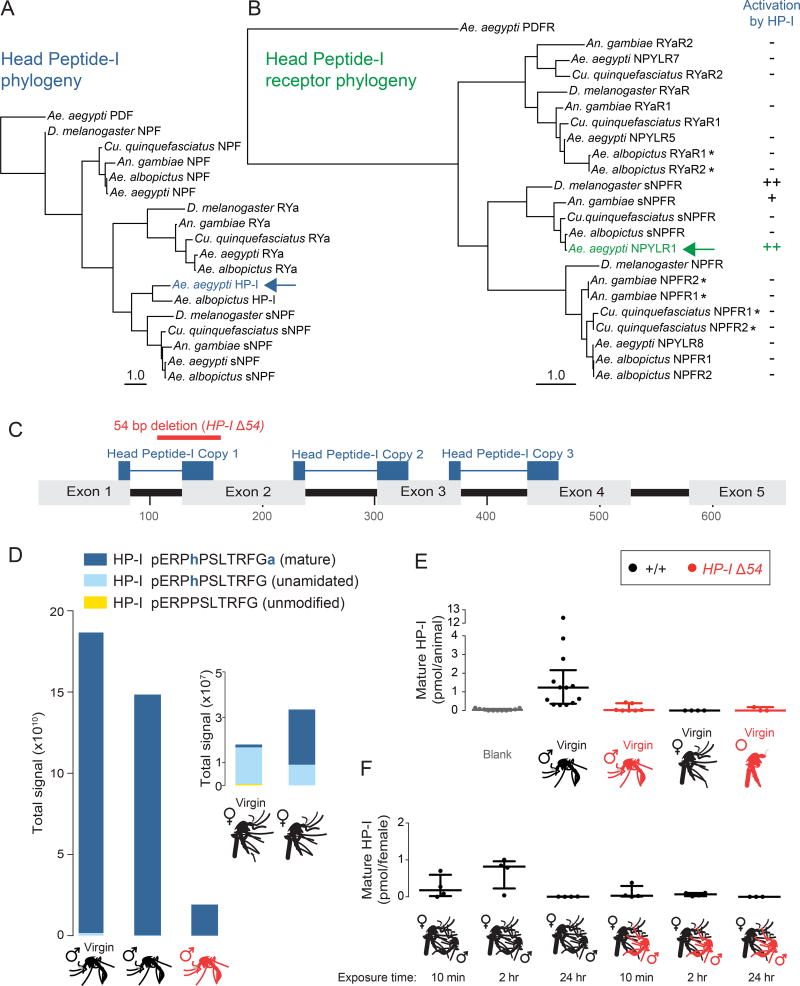Figure 1. HP-I is an Aedes-specific, Male-Enriched Peptide.
(A–B) Phylogenetic protein trees of HP-I and related peptides (pre-pro-peptides) (A) and NPYLR1 and related receptors (B), with PDF and PDFR as the out group, respectively. Branch lengths represent mean expected rate of amino acid substitution. Scale = 1.0. Pairs of receptors marked with an asterisk encode highly similar or identical proteins that are annotated as separate genes. Column at right indicates relative activation of indicated receptors by 50 µM Ae. aegypti HP-I in cell-based assays carried out in this study and previously published work [8].
(C) Structure of the HP-I gene and the position of the HP-IΔ54 mutation.
(D) Relative levels of mature and immature HP-I detected by LC-MS in whole adult mosquitoes of the indicated sex, genotype, and mating status with females shown as inset due to dramatically lower levels of HP-I (n = 1).
(E) Quantification of mature HP-I detected by LC-MS/MS in whole adult mosquitoes of the indicated sex and genotype (n = 4–13 groups of 7–10 animals).
(F) Quantification of mature HP-I detected by LC-MS/MS in whole adult female mosquitoes of the indicated genotype who were exposed to males of the indicated genotype for the indicated time (n = 4 groups of 7–10 females). Data in E–F are shown as median with interquartile range.

